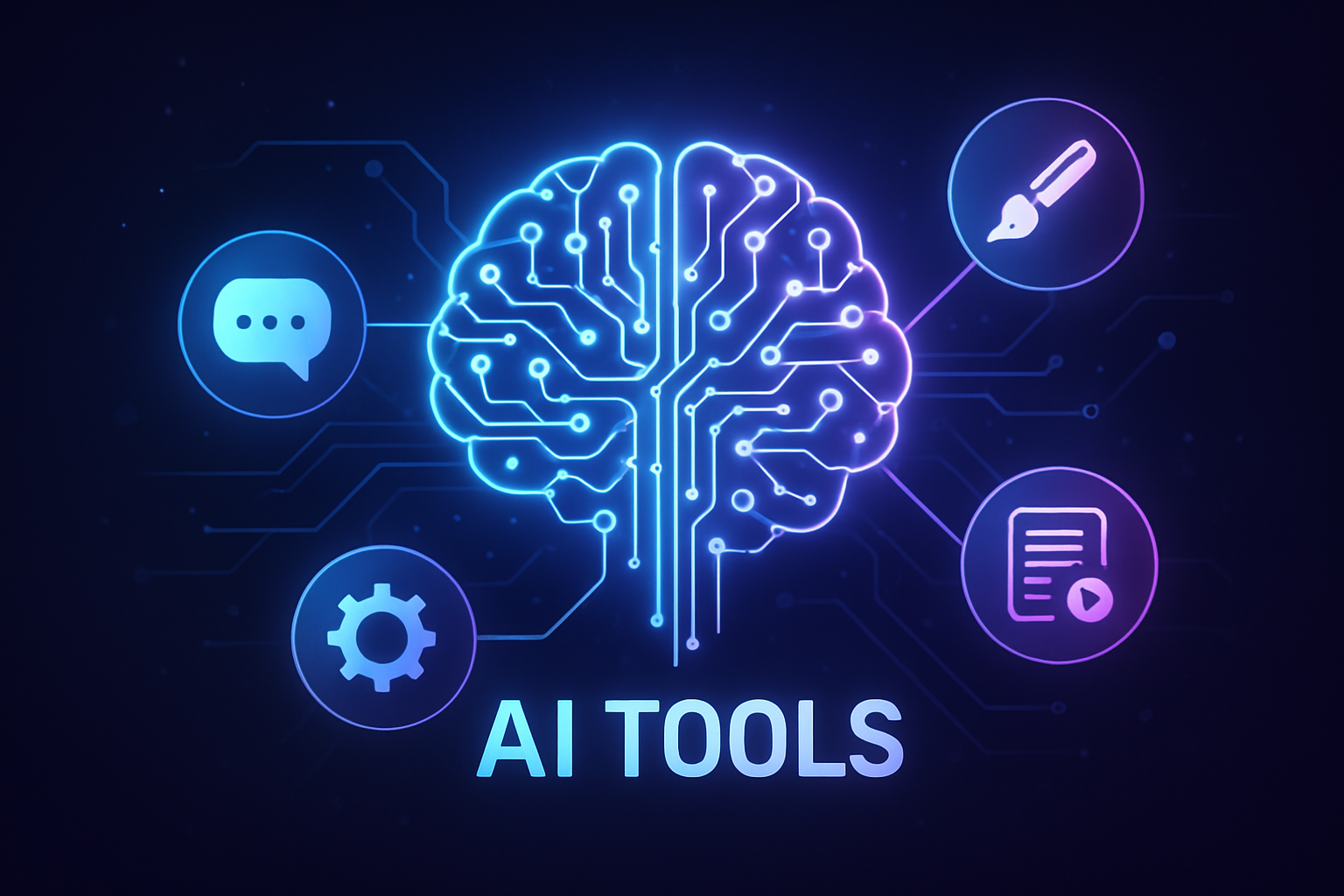Beginner's Guide: What Is Artificial Intelligence (AI)? How does it work?

Introduction: AI is Everywhere
You likely interact with artificial intelligence every single day, often without even realizing it. From the moment you silence your alarm with a smart assistant to the recommendations you see while browsing online, AI is working behind the scenes to make your life easier, more efficient, and, sometimes, a little more entertaining.
What Exactly is AI, Anyway?
At its core, Artificial Intelligence (AI) is the science and engineering of creating intelligent machines, particularly intelligent computer programs. Think of it as teaching computers to think, learn, and solve problems like humans do. This involves a range of techniques, from simple rule-based systems to complex algorithms like deep learning, all aimed at enabling machines to perform tasks that typically require human intelligence. For example, DeepMind AlphaFold is a groundbreaking AI system developed by DeepMind that predicts the 3D structure of proteins from their amino acid sequence, revolutionizing biology and drug discovery.

Why Understanding AI Matters Now More Than Ever
We're at a pivotal moment. AI is no longer a futuristic fantasy; it's a tangible force reshaping industries, societies, and our individual lives. Ignoring AI is like ignoring the internet in the early 90s—you might get by for a while, but you'll miss out on incredible opportunities and potentially be left behind. Learning about AI empowers you to:
Navigate the changing job market: Many jobs will be augmented or even replaced by AI, while new roles requiring AI skills will emerge. Understanding AI helps you adapt and thrive. Consider exploring resources like AI and Productivity: A Comprehensive Guide to the Future of Work to learn more.
Make informed decisions: As AI becomes more integrated into our lives, it's crucial to understand its potential biases and limitations. This knowledge allows you to critically evaluate AI-driven recommendations and avoid falling victim to misinformation. You can use AI tools like GPTZero, an AI detector, to check if the content you read is AI generated and potentially biased.
Participate in the AI revolution: By understanding AI, you can contribute to its development and deployment in a responsible and ethical manner. This includes advocating for policies that promote fairness, transparency, and accountability in AI systems.
AI: It's Not Just Sci-Fi—It's Your Daily Life
Consider this:
Your Smartphone: From facial recognition to voice assistants like Siri or Google Assistant, your phone is packed with AI. These systems learn your preferences, predict your needs, and respond to your commands with increasing accuracy. Similarly, Monica, your AI copilot, can help you with daily tasks.
Social Media Feeds: The content you see on platforms like Facebook, Instagram, and TikTok is curated by AI algorithms that analyze your interests and behavior. These algorithms aim to keep you engaged, but they can also create filter bubbles and expose you to biased information.
Streaming Services: Netflix, Spotify, and other streaming services use AI to recommend movies, music, and podcasts based on your viewing and listening history. These recommendations can help you discover new content that you'll love, but they can also limit your exposure to diverse perspectives.
E-commerce: Online retailers like Amazon and eBay use AI to personalize your shopping experience, recommend products, and even predict what you'll buy next. AI also powers chatbots that provide customer support and answer your questions in real-time. Many businesses use HubSpot which leverages AI to enhance marketing, sales, and customer service efforts.
Navigation: Apps like Google Maps and Waze use AI to analyze traffic patterns, optimize routes, and provide real-time directions. These AI-powered navigation systems can save you time, reduce stress, and even help you avoid accidents.
Getting Started with AI Fundamentals
As AI continues to permeate every aspect of our lives, a foundational understanding of its principles is no longer optional; it's essential. By grasping the basics, you'll be better equipped to navigate the opportunities and challenges that AI presents, ensuring you're not just a passive observer but an active participant in shaping its future. We'll start with the fundamentals in the next section so you can confidently start your AI journey.
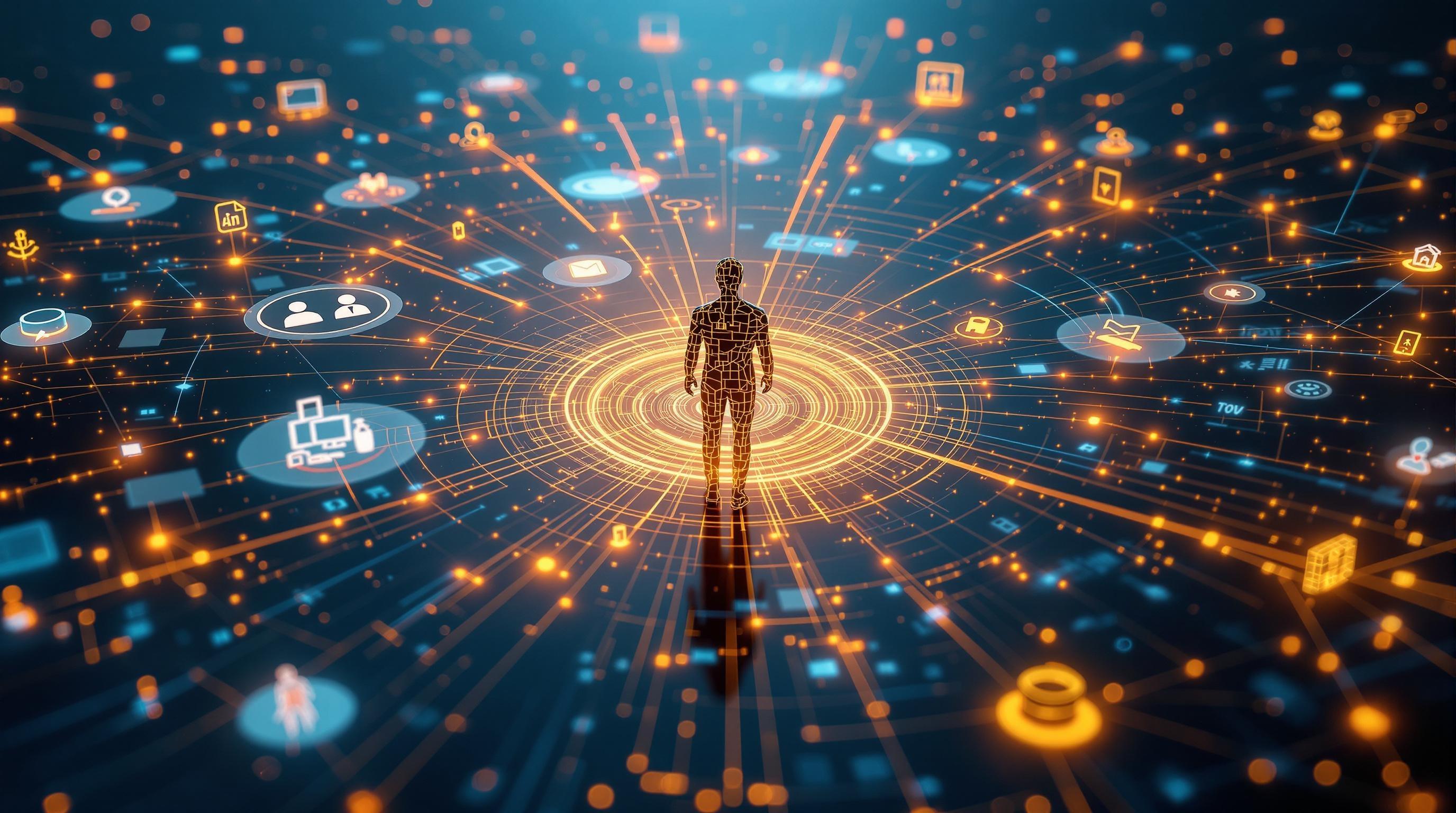
What Is AI? Defining Artificial Intelligence
Artificial intelligence: it's a term we hear everywhere, but what does it actually mean? Let's break down the formal definition and explore the fascinating spectrum of AI.
Defining Artificial Intelligence
At its core, artificial intelligence (AI) is intelligence displayed by machines. Unlike natural intelligence, which originates from living beings, AI is created through algorithms and computational power. Think of it as teaching a computer to think, learn, and problem-solve like a human, but through code. More formally, we can define AI as:
The theory and development of computer systems able to perform tasks that normally require human intelligence, such as visual perception, speech recognition, decision-making, and translation between languages.
In simpler terms, if a machine can do something that would typically require a human brain, it's likely using AI. This encompasses a vast range of applications, from self-driving cars to virtual assistants like Microsoft Copilot, which helps users with tasks like writing emails and summarizing information.
Narrow AI (Weak AI)
Most of the AI we interact with today falls into the category of narrow AI, also known as weak AI. This type of AI is designed to perform a specific task extremely well. It excels within its defined parameters but lacks the general intelligence and consciousness of humans. Consider these examples:
Spam filters: These AI systems are trained to identify and filter out unwanted emails. They are incredibly effective at this single task but can't do much else.
Recommendation systems: Platforms like Netflix and Amazon use AI to suggest movies or products you might like. These systems analyze your past behavior to make targeted recommendations.
Image recognition software: Tools like RemoveBG, which automatically removes backgrounds from images, demonstrate narrow AI focused on a specific visual task.
Narrow AI is all around us, powering many of the applications and services we use daily. It's a testament to how effectively machines can be trained to master individual tasks.
General AI (Strong AI)
In contrast to narrow AI, general AI (AGI), also known as strong AI, represents a hypothetical level of artificial intelligence that possesses human-like cognitive abilities. An AGI system would be able to:
Understand, learn, and apply knowledge across a wide range of tasks, just like a human.
Exhibit consciousness, self-awareness, and sentience.
Solve novel problems and adapt to unforeseen circumstances.
Currently, true AGI doesn't exist. While AI has made significant strides, creating a machine with the full breadth of human intelligence remains a formidable challenge. Many researchers and developers are working towards this goal, but the path to AGI is filled with complex technical and ethical considerations. For example, the groundbreaking work at Google DeepMind in areas like protein folding hints at the potential for AI to tackle complex problems with broad implications.
Exploring the Spectrum of AI
The world of AI isn't just black and white; it's a vast spectrum. On one end, we have highly specialized narrow AI, and on the other, the elusive goal of general AI. As AI continues to evolve, we're seeing the emergence of more sophisticated and versatile systems. Understanding the spectrum of AI helps us appreciate both its current capabilities and its potential for future development. Tools featured in the Top 100 AI Tools list showcase this range, from specialized image editors to versatile language models. Keep an eye on AI News for the latest breakthroughs and discussions shaping the future of AI.
From the focused precision of narrow AI to the aspirational heights of general AI, defining artificial intelligence is an ongoing journey. As AI technology continues to advance, understanding these fundamental concepts becomes increasingly crucial for navigating its impact on our world. Next, we'll explore the exciting applications of AI across various industries and how it's already changing the way we live and work.
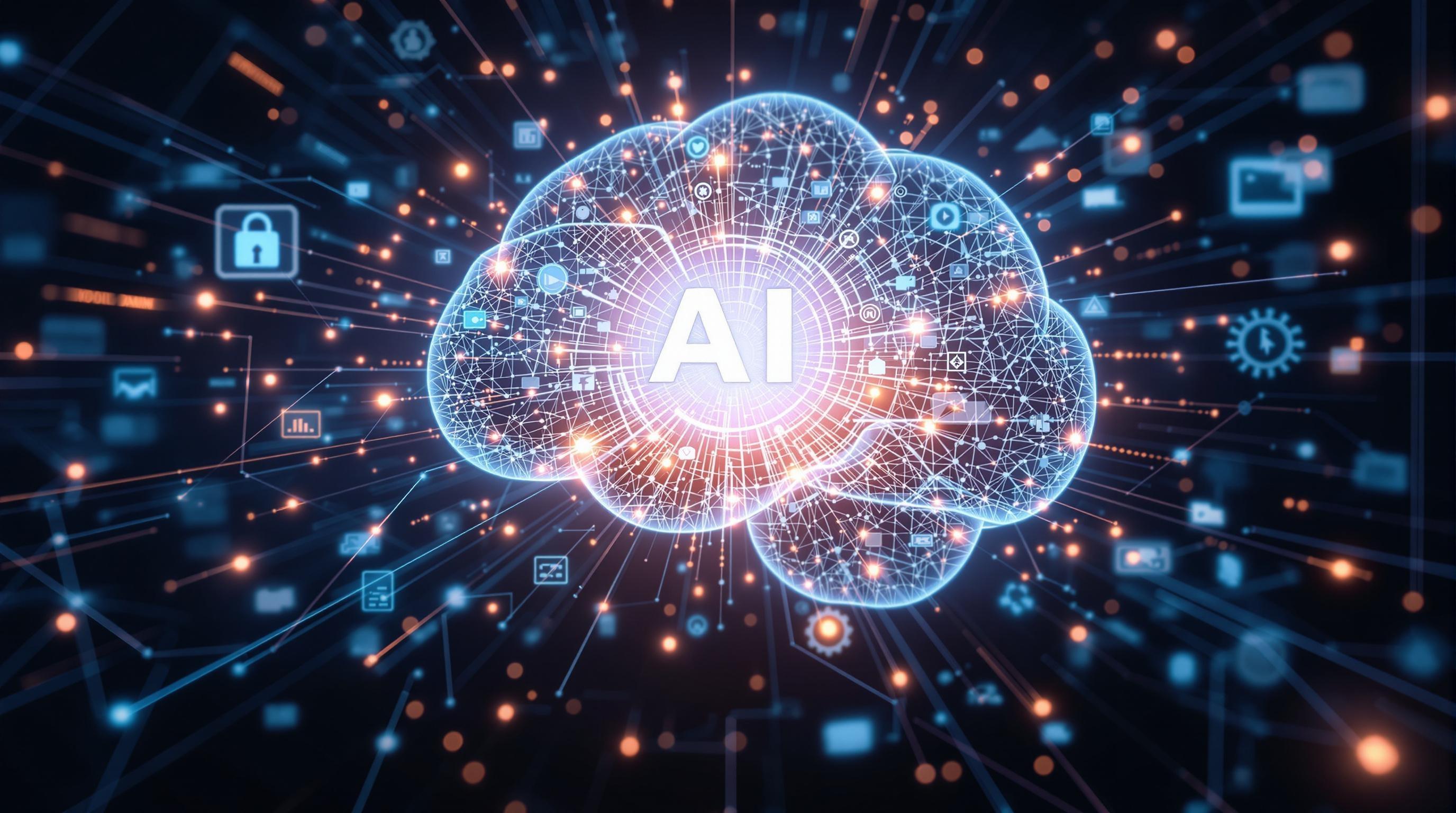
How AI Works: Core Concepts Explained
Ever wondered what's under the hood of those AI-powered tools that are reshaping our world? Let's pull back the curtain and explore the core concepts that make AI tick.
Machine Learning (ML): Learning from Data
At the heart of most modern AI systems lies Machine Learning (ML). Think of it as teaching a computer to learn without explicit programming. Instead of hard-coding rules, we feed the computer vast amounts of data, and it learns patterns and relationships from that data. This data-driven approach allows AI to adapt and improve over time, making it incredibly powerful for solving complex problems.
Data is Key: The more relevant and high-quality data you provide, the better the model becomes. Garbage in, garbage out, as they say!
Model Training: The learning process involves training a model – a mathematical representation of the relationships within the data. This model is then used to make predictions or decisions on new, unseen data.
Iterative Improvement: Machine learning isn't a one-and-done deal. Models are constantly refined and updated as they encounter new data, becoming more accurate and reliable.
Neural Networks: Mimicking the Brain
Inspired by the structure and function of the human brain, Neural Networks are a specific type of machine learning model. Imagine a vast network of interconnected nodes (like neurons) that process and transmit information.
These networks are capable of learning incredibly complex patterns, making them well-suited for tasks like image recognition, natural language processing, and speech recognition. For example, consider using Deepseek, an AI model developed by DeepSeek AI that competes with other LLMs.
Layers of Abstraction: Neural networks consist of multiple layers of interconnected nodes, each layer extracting increasingly complex features from the data. The first layers might identify edges in an image, while later layers recognize objects.
Learning Through Connections: The strength of the connections between nodes is adjusted during training, allowing the network to learn which features are most important for a given task.
Deep Learning: Neural networks with many layers are often referred to as "deep" learning models. Deep learning has driven many of the recent breakthroughs in AI.
Algorithms and Data: The Dynamic Duo
AI thrives on the interplay between algorithms and data. Algorithms are the sets of instructions that guide the learning process, while data provides the raw material for learning. It's a symbiotic relationship where both components are critical for success.
Algorithm Selection: Choosing the right algorithm depends on the specific problem you're trying to solve. Different algorithms are suited for different types of data and tasks.
Data Quality Matters: High-quality data is essential for training accurate and reliable AI models. Inaccurate or incomplete data can lead to biased or unreliable results.
Data Preprocessing: Raw data often needs to be cleaned, transformed, and prepared before it can be used for training. This preprocessing step is crucial for ensuring data quality.
Training vs. Inference: Two Sides of the Same Coin
Understanding the difference between training and inference is fundamental to grasping how AI systems operate.
Feature | Training | Inference |
|---|---|---|
Purpose | Learning patterns from data | Applying learned patterns to new data |
Data | Labeled data (for supervised learning) | Unseen, unlabeled data |
Process | Adjusting model parameters to minimize errors | Making predictions or decisions based on the model |
Output | Trained model | Predictions, classifications, or actions |
Training Phase: During training, the AI model learns from a dataset, adjusting its internal parameters to minimize errors. Imagine showing a child hundreds of pictures of cats and dogs to teach them the difference. Google AI Studio is a great tool to start prototyping and experimenting with such models.
Inference Phase: Once the model is trained, it can be used to make predictions or decisions on new, unseen data. This is the "inference" phase. It's like the child now being able to correctly identify cats and dogs they've never seen before.
By grasping these core concepts – machine learning, neural networks, the importance of data and algorithms, and the distinction between training and inference – you'll gain a much deeper appreciation for the inner workings of AI and its potential to transform our world. Understanding these foundations will empower you to better evaluate AI tools and understand the latest AI news.
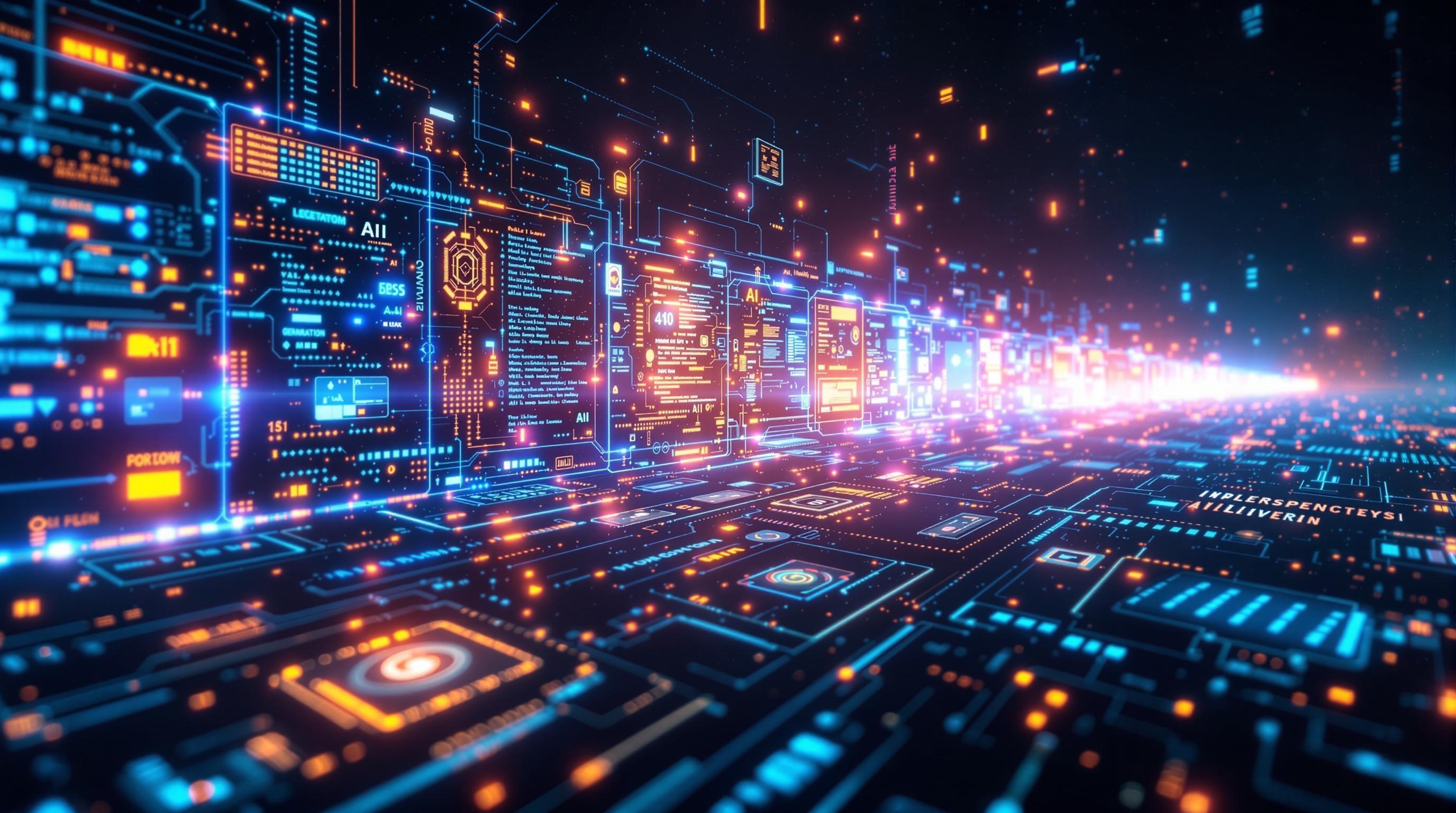
The 5 Main Types of AI: A Comprehensive Overview
AI isn't just one monolithic entity; it's a spectrum of capabilities, each with its own strengths and limitations. Let's explore the 5 main types of AI, from the simplest reactive machines to the hypothetical realm of self-aware systems. This will give you a clearer picture of where AI is today and where it might be headed.
Exploring the 5 Main Types of AI
Think of AI types as levels on a video game. Each level represents a more advanced stage of AI development. Understanding these stages helps us appreciate the rapid progress in the field and the potential for future innovations. We'll start with the basics and work our way up to the cutting edge—and beyond.
Understanding Reactive Machines
Reactive machines are the most basic type of AI. They respond to identical situations in the same way every time. They have no memory and cannot learn from past experiences. They operate purely on present input. IBM's Deep Blue, which famously defeated Garry Kasparov in chess, is a classic example of a reactive machine. It evaluated chess positions and made moves based on pre-programmed strategies, but it couldn't learn or improve its game over time.
Example: A simple spam filter that blocks emails based on a specific keyword list is another example. It reacts to the presence of those keywords without understanding the context of the email.
Benefits: Reactive machines are reliable and efficient for well-defined tasks.
Limitations: They lack adaptability and cannot handle novel situations.
Understanding Limited Memory AI
Limited memory AI can store past experiences or data for a short period. This allows them to make more informed decisions based on recent history. Most of today's AI applications fall into this category. Consider self-driving cars: they use sensors and cameras to perceive their environment, and they store recent data about the location of nearby vehicles, traffic lights, and road conditions to make driving decisions. This memory is temporary and used for immediate navigation.
Examples:
Self-driving cars: Retain recent sensor data to navigate roads.
Chatbots: Remember previous interactions to provide contextually relevant responses. Chatbots like ChatGPT, a versatile language model capable of generating human-quality text and engaging in conversations, often use limited memory to maintain context during a conversation.
Advantages: Better decision-making compared to reactive machines due to historical awareness.
Disadvantages: The memory is still limited and short-term.
Theory of Mind AI: The Future of AI
"Theory of Mind" refers to the understanding that other people (or entities) have their own beliefs, desires, and intentions that influence their behavior. AI at this level would be able to infer the intentions and emotions of humans and other AI. This is a crucial step towards more natural and effective human-AI interaction. Imagine an AI assistant that not only responds to your commands but also anticipates your needs based on your emotional state and goals. Although this type of AI doesn't yet exist in a fully realized form, it's a major area of research.
This type of AI doesn't yet exist in a fully realized form, but is a major area of research.
Potential Applications:
Advanced Customer Service: Anticipating customer frustration and proactively offering solutions.
Personalized Education: Tailoring learning experiences based on a student's emotional state and learning style.
Collaborative Robots: Working seamlessly with humans in complex environments by understanding their intentions.
Challenges: Requires significant advances in understanding and modeling human cognition.
Self-Aware AI: A Hypothetical Concept
Self-aware AI is the stuff of science fiction. This type of AI would not only be aware of its own existence but also understand its internal states, emotions, and motivations. It would possess consciousness and be able to reason, learn, and plan with a level of autonomy that surpasses anything we see today. While purely hypothetical, the concept raises profound ethical and philosophical questions about the rights and responsibilities of AI.
Implications:
Unpredictable Behavior: Self-aware AI could potentially act in ways that are difficult to predict or control.
Ethical Dilemmas: Raises questions about AI rights, autonomy, and potential conflicts with human values.
Transformative Impact: Could revolutionize every aspect of society, from science and technology to art and culture.
Note: Self-aware AI remains a distant and uncertain prospect.
Expert Systems: Rule-Based AI
Expert systems are designed to mimic the decision-making abilities of a human expert in a specific domain. They use a knowledge base of facts and rules to analyze data and draw conclusions. These systems are typically rule-based, meaning they follow a set of pre-defined
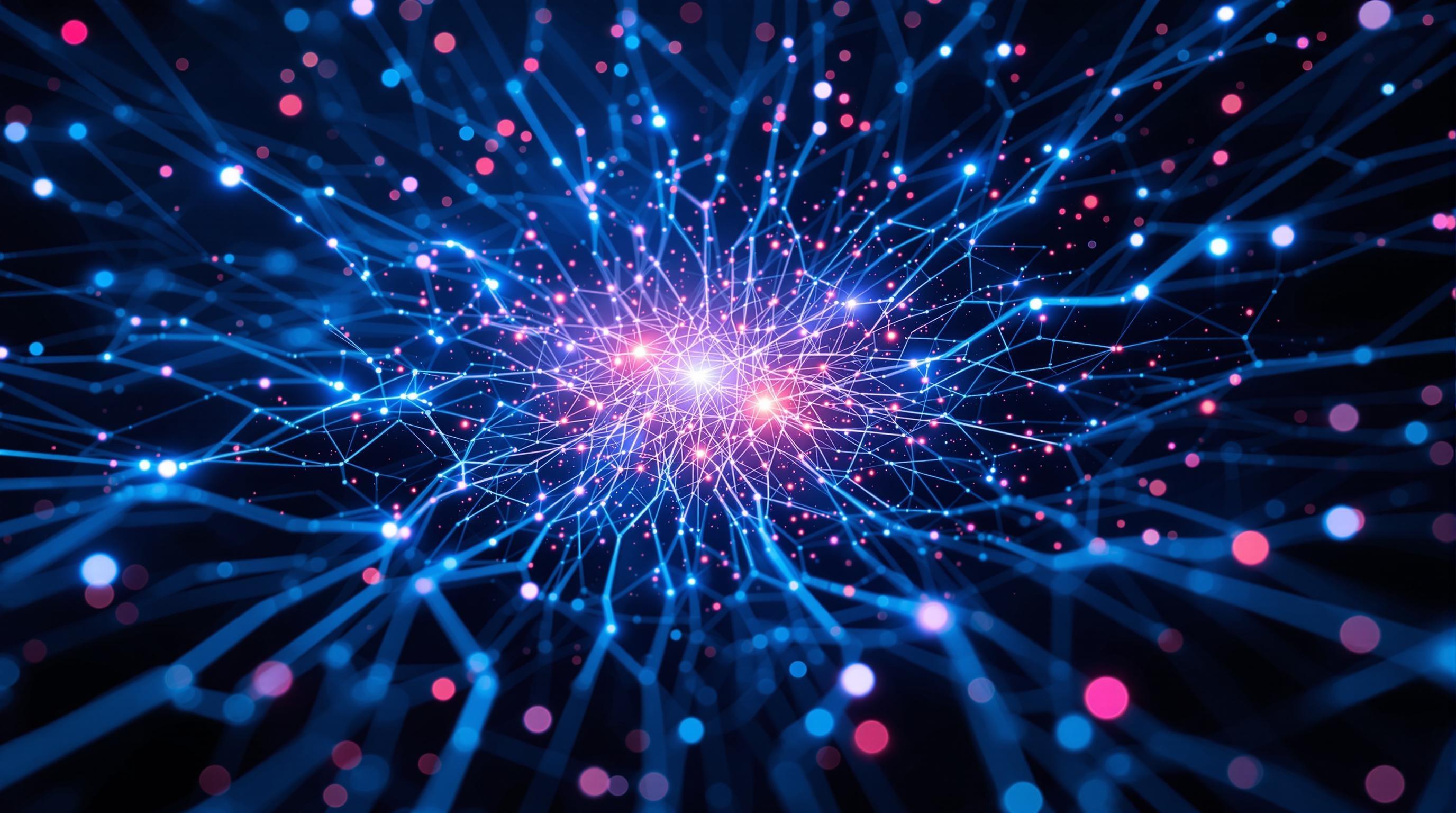
Real-World Use Cases: How AI Impacts Our Lives
Ever wonder how AI isn't just a futuristic concept but a present-day reality shaping our daily routines? From the mundane to the groundbreaking, artificial intelligence is already deeply embedded in countless aspects of our lives.
Virtual Assistants: Your AI Sidekick
Think about the last time you asked Siri to set a timer or play your favorite song. Virtual assistants like Siri, Google Assistant, and Alexa have become commonplace. These AI-powered companions understand your voice commands, answer questions, manage schedules, and even control smart home devices. They use natural language processing (NLP) to interpret your requests and machine learning to improve their responses over time. Imagine a world without instantly accessible information or hands-free control – that's the convenience AI brings to virtual assistance.
Recommendation Engines: AI That Knows You Better Than You Know Yourself
Ever find yourself binge-watching shows that Netflix seems to magically know you'll love? Or constantly adding items to your Amazon cart based on suggestions? That's the work of recommendation engines. These sophisticated AI systems analyze your past behavior, preferences, and even the behavior of similar users to predict what you'll want next. Recommendation engines aren't just convenient; they're powerful tools that shape our choices, drive sales, and personalize our experiences. These systems rely on algorithms to identify patterns and associations that would be impossible for humans to detect manually. It’s like having a hyper-personalized shopping assistant and entertainment guide all rolled into one.
Image Recognition: Seeing the Unseen
AI's ability to "see" and interpret images is revolutionizing numerous fields. Take medical diagnostics, for example. AI-powered image recognition systems can analyze X-rays, MRIs, and CT scans to detect anomalies and assist doctors in diagnosing diseases like cancer, often with greater speed and accuracy than humans alone. This technology can identify subtle patterns and indicators that might be missed by the human eye, leading to earlier detection and more effective treatment. These systems are trained on vast datasets of medical images, allowing them to learn and improve their diagnostic capabilities continuously. It's like having a team of expert radiologists available 24/7.
Autonomous Vehicles: The Future of Transportation
Self-driving cars might still seem like a distant dream, but AI is already making significant strides in autonomous vehicles. From Tesla's Autopilot to Waymo's self-driving taxis, AI algorithms are used to process sensor data, navigate roads, and make real-time decisions. These systems use a combination of computer vision, sensor fusion, and machine learning to perceive their surroundings and react accordingly. The potential benefits are enormous: safer roads, reduced traffic congestion, and increased accessibility for people who can't drive themselves. The development of autonomous vehicles represents a major leap forward in AI's ability to interact with the physical world.
AI is not just a tool; it's a transformative force reshaping how we live, work, and interact with the world around us. Understanding its impact is crucial for navigating the future.
These are just a few examples of how AI is impacting our lives today. As AI technology continues to evolve, we can expect to see even more innovative applications emerge in the years to come. To stay updated on the latest advancements and tools, be sure to check out our AI News section for daily updates and in-depth analysis.
Common Misconceptions About AI: Separating Fact from Fiction
Let's face it, AI is the buzzword of the decade, and with any rapidly evolving technology, misconceptions are bound to crop up. It's time to put on our myth-busting hats and separate AI fact from AI fiction. Buckle up, because some of these might surprise you!
AI Will Replace All Jobs: The Robot Apocalypse...Not Quite
One of the most pervasive fears surrounding AI is the idea that it will render human workers obsolete. Headlines scream about robots taking over, and it's easy to imagine a dystopian future where machines do everything. While AI will undoubtedly transform the job market, the reality is far more nuanced. Think of it this way: the invention of the printing press didn't eliminate the need for writers and thinkers; it simply changed the way information was disseminated. Similarly, AI will automate certain tasks, freeing humans to focus on more creative, strategic, and interpersonal roles. We'll likely see a shift in required skills, emphasizing adaptability, critical thinking, and complex problem-solving. Tools like Hubspot, which uses AI to automate marketing tasks, can assist marketers but cannot replace their creativity. In fact, AI is creating new job categories, like prompt engineers, AI trainers, and AI ethicists! So, instead of a robot apocalypse, expect a remix of the workforce.
AI Equals Human-Level Intelligence: HAL 9000 Is Still Science Fiction
Thanks to movies and popular culture, many people envision AI as a sentient being capable of independent thought, emotion, and even world domination. This is the realm of Artificial General Intelligence (AGI), which aims to create machines that can perform any intellectual task that a human being can. While AGI is a long-term goal for some AI researchers, we're nowhere near achieving it. The AI systems we use today, like ChatGPT, a powerful language model capable of generating human-quality text, are examples of Artificial Narrow Intelligence (ANI). ANI is designed for specific tasks, excelling within its defined parameters but lacking the general cognitive abilities of a human. Think of it like a highly specialized tool: a power drill is incredibly effective at drilling holes, but it can't hammer a nail or saw a piece of wood. The same goes for AI – it's powerful, but limited. True human-level intelligence, with its creativity, common sense, and emotional understanding, remains a distant horizon.
AI Doesn’t Make Mistakes: The Myth of the Perfect Algorithm
Another common misconception is that AI is infallible. After all, it's based on logic and data, right? Surely, it can't be prone to the same errors as humans. Wrong! AI systems are only as good as the data they're trained on. If the data is biased, incomplete, or inaccurate, the AI will inherit those flaws, leading to skewed results, unfair outcomes, and even outright errors. This phenomenon is known as AI bias, and it's a major concern in fields like healthcare, finance, and criminal justice. For example, an AI-powered hiring tool trained on data that predominantly features male candidates might unfairly discriminate against female applicants. Furthermore, even with perfect data, AI algorithms can still make mistakes due to unforeseen edge cases, bugs in the code, or limitations in the model itself. Remember, AI is a tool, and like any tool, it can be used improperly or malfunction. If you are suspicious of the quality of any piece of writing, you can check it with a tool like GPTZero, which is designed to detect AI generated text.
Understanding the limitations of AI is crucial for responsible development and deployment. It's not a magic bullet, but a powerful tool that requires careful consideration and ethical oversight.
Debunking these common misconceptions is essential for fostering a realistic understanding of AI's capabilities and limitations. By separating fact from fiction, we can have more informed conversations about its potential benefits and risks, paving the way for responsible innovation and a future where AI truly empowers humanity. Let's delve into the exciting ways AI is already being used across various industries...

Why This Guide Matters: Your Gateway to AI-Compare
In the rapidly evolving world of AI, staying informed and making the right choices can feel like navigating a maze. That's precisely why this guide is more than just an introduction; it's your gateway to AI-Compare, a vital resource for making informed decisions about AI tools.
Navigating the AI Landscape with AI-Compare
Imagine you're shopping for a new car. You wouldn't just pick one at random, would you? You'd compare features, prices, and reviews. AI-Compare offers that same level of scrutiny for AI tools. It's designed to empower you to cut through the hype and understand the true capabilities of different AI solutions. By understanding the fundamentals of AI through this guide, you'll be better equipped to use AI-Compare effectively, weighing the pros and cons of each tool based on your specific needs.
Dive Deep: Comparing AI Tools
AI-Compare isn't just a directory; it's a dynamic comparison engine. We offer in-depth analyses across a range of AI applications, allowing you to see how different tools stack up against each other. Here are a few key areas you can explore:
Chatbot Comparisons: Looking for the perfect AI assistant? Our chatbot comparison page lets you analyze popular options like ChatGPT, a versatile language model known for its conversational abilities and broad applications, and Grok, an AI chatbot designed for real-time data analysis and insights, side-by-side, evaluating their strengths and weaknesses for various use cases.
Image Generator Comparisons: Need visuals for your project? Compare AI image generators like Midjourney, a powerful AI image generator known for its artistic and photorealistic results, and Leonardo AI, an AI image generation tool with a focus on artistic styles and user customization, on our image generator comparison page to find the one that matches your creative vision.
NLU Tool Comparisons: For those interested in natural language understanding, our comparison of NLU tools helps you evaluate different platforms and services, such as DeepL, an AI-powered translation tool known for its accuracy and fluency in multiple languages, ensuring you choose the best option for tasks like sentiment analysis or text classification.
Making Informed Decisions
The ultimate goal is to empower you to make informed decisions. AI-Compare provides the data; this guide gives you the context to interpret it effectively.
Here’s what makes AI-Compare such a valuable resource:
Side-by-Side Analysis: Compare features, pricing, and user reviews in an easy-to-understand format.
Up-to-Date Information: Stay current with the latest AI tools and trends.
Real-World Use Cases: See how different tools perform in practical scenarios.
By combining the knowledge you gain from this guide with the comparative power of AI-Compare, you’re setting yourself up for success in the age of AI. From chatbots to image generators to NLU tools, understanding the landscape is the first step toward leveraging AI to its full potential. Now, let's delve into the core concepts of AI.
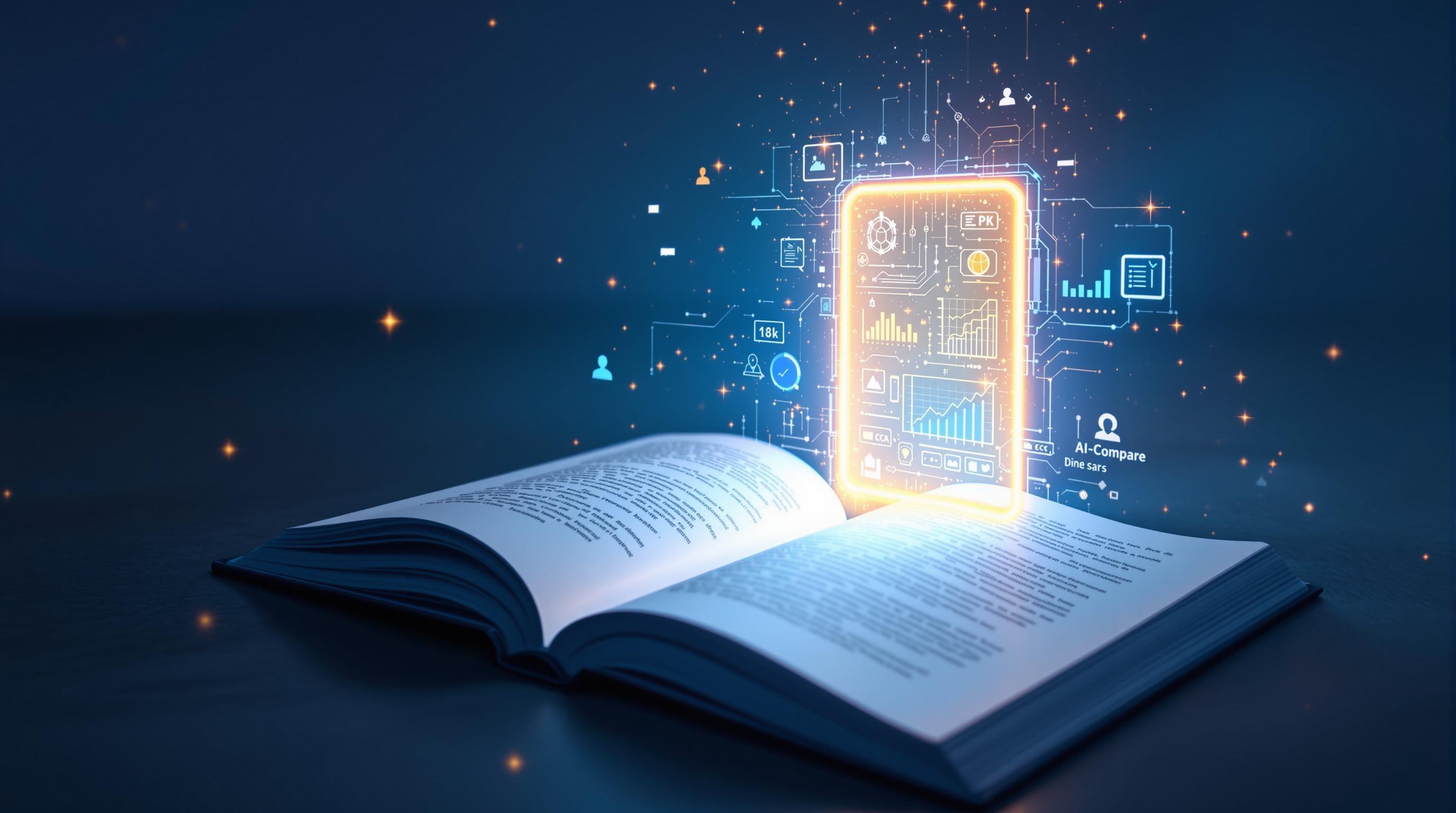
FAQ Section: Your Burning AI Questions Answered
Ever felt overwhelmed by the buzz around AI? Let's cut through the noise and tackle some of the most frequently asked questions about this transformative technology.
Is AI Dangerous?
The question of AI's potential danger is a hot topic, fueled by everything from sci-fi thrillers to serious ethical debates. The truth is, like any powerful technology, AI has the potential for misuse. Concerns often revolve around job displacement, algorithmic bias, and the possibility of autonomous weapons systems. For example, the development of autonomous weapons raises serious ethical questions about accountability and the potential for unintended consequences.
However, it's also crucial to recognize the enormous potential for good. AI is already being used to diagnose diseases earlier, develop new medicines, and address climate change. The key lies in responsible development and deployment, with robust safety measures and ethical guidelines in place. Organizations and governments are actively working on these frameworks to mitigate risks and ensure AI benefits humanity. As AI continues to evolve, discussions around its ethical implications will only become more critical. Staying informed through resources like AI News helps you understand the ongoing conversations and developments in this area.
Can I Build My Own AI?
The idea of building your own AI might seem like something out of a movie, but it's becoming increasingly accessible. While creating a cutting-edge AI model from scratch requires significant expertise and resources, there are many tools and platforms that allow individuals to experiment with AI. For example, you could explore platforms like Google AI Studio which provides a user-friendly environment for building and deploying AI models.
Several open-source libraries, such as TensorFlow and PyTorch, offer pre-built components and tools that simplify the development process. You can also leverage pre-trained models and fine-tune them for specific tasks. Whether you're a seasoned coder or just starting out, there are opportunities to learn and build your own AI applications. Online courses, tutorials, and communities provide valuable resources and support for aspiring AI developers. Building your own AI can be a great way to understand the technology better and explore its potential.
What’s the Difference Between AI and Automation?
AI and automation are often used interchangeably, but they're not the same thing. Automation refers to the use of technology to perform tasks automatically, typically following a fixed set of rules. Think of a robotic arm on an assembly line or a simple script that automatically sends emails. These systems perform repetitive tasks efficiently, but they lack the ability to learn or adapt.
AI, on the other hand, involves creating systems that can perform tasks that typically require human intelligence, such as learning, problem-solving, and decision-making. ChatGPT, for example, can generate human-like text, translate languages, and answer questions based on the vast amount of data it has been trained on. The key difference is that AI systems can adapt to new situations and improve their performance over time, while automation systems simply execute pre-defined instructions. Automation is like a pre-programmed robot, while AI is like a robot that can learn and adapt to its environment.
Understanding the difference between AI and automation helps clarify the scope and potential of each technology. While automation can improve efficiency and reduce costs, AI can unlock new possibilities by enabling systems to perform more complex and creative tasks. As AI continues to evolve, it will likely play an increasingly important role in driving innovation and solving complex problems. To deepen your understanding, exploring resources under AI Fundamentals can be highly beneficial.
AI is a multifaceted field with many exciting possibilities and important considerations. By addressing these frequently asked questions, we hope to provide a clearer understanding of AI and its potential impact on our world. As you continue your AI journey, remember to stay curious, explore different tools, and engage in thoughtful discussions about the ethical implications of this transformative technology.
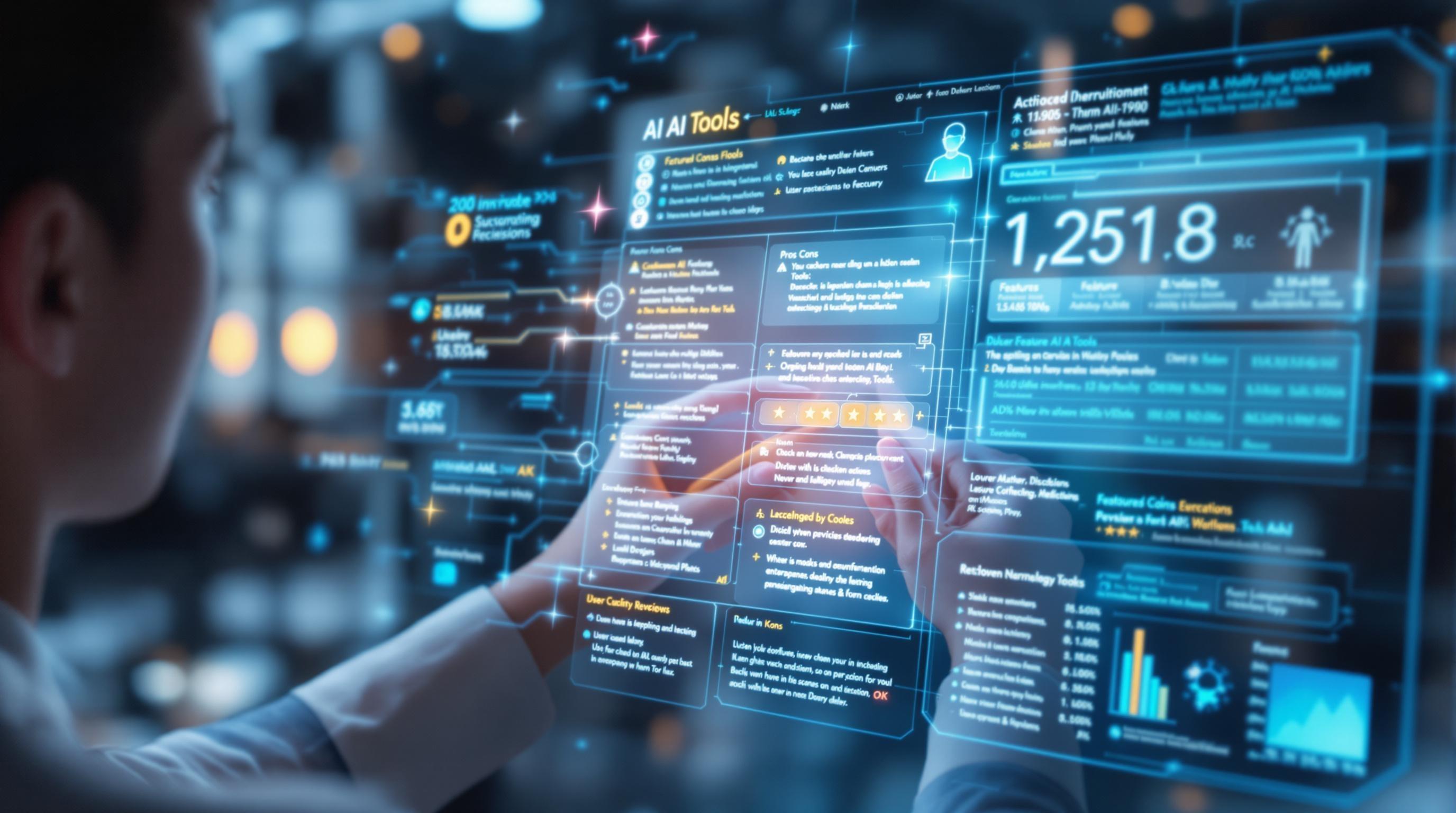
Conclusion & Next Steps: Explore the World of AI Tools
So, where do we go from here? You've now got a foundational understanding of what AI is, its various types, and some of its mind-blowing applications. But the real fun begins when you start exploring the actual tools that bring AI to life.
Time to Dive into AI Tools
Think of this guide as your launchpad. You've learned the theory; now it's time for the practical. The world of AI tools is vast and ever-expanding, and the best way to truly grasp the power of AI is to get your hands dirty.
Experimentation is Key: Don't be afraid to try different tools and see what they can do. Many offer free trials or basic versions, allowing you to explore their capabilities without a financial commitment.
Start with a Specific Goal: Instead of randomly trying tools, think about a task you'd like to improve or automate. Want to generate images? Explore Midjourney, a powerful AI image generator known for its artistic and photorealistic results. Need help writing content? Check out Grammarly, an AI-powered writing assistant that can refine your style, improve clarity and fix mistakes. Have a specific task? Hugging Face offers a wide array of pre-trained models and tools for various NLP tasks.
Read Reviews and Comparisons: Before committing to a tool, see what other users have to say. Check out our in-depth reviews on Best AI Tools to get balanced perspectives and understand the pros and cons of different options. Understanding the nuances will ensure you pick the best tool for your needs.
Compare AI Tools and Find Your Perfect Match
Now that you know the basics, it’s time to level up. Head over to our compare page where you can dive deep into head-to-head comparisons of different AI solutions. Wondering if ChatGPT, the revolutionary language model from OpenAI that can generate human-quality text, translate languages, and answer your questions in an informative way, is better for your needs than Google Gemini, Google's multimodal AI model designed to understand and generate various types of content? Or maybe you're curious about how DeepL, an AI-powered translation tool known for its accuracy and fluency, stacks up against other translation services. Our comparison tool makes it easy to see the differences and choose the perfect AI companion for your projects.
AI Fundamentals Are Just the Start
Throughout this journey, we’ve covered essential concepts, from the basics of machine learning to the potential of neural networks. You now understand the difference between narrow AI and AGI, and you’ve seen how AI is being used across industries, which brings new insights for the future. Remember that AI is a rapidly evolving field. What's cutting-edge today might be commonplace tomorrow. That's why continuous learning is crucial. Explore our AI News section to stay up-to-date on the latest breakthroughs, trends, and ethical considerations. Stay curious, and never stop exploring the endless possibilities of AI.
The journey into AI is a continuous process of learning, experimenting, and adapting. Embrace the challenge, and you'll be well-equipped to navigate the exciting future that AI is creating.
The world of AI is at your fingertips. Now go explore, experiment, and discover the tools that will empower you to achieve more than you ever thought possible.
Keywords: what is artificial intelligence, AI explained, AI for beginners, define artificial intelligence, artificial intelligence definition, AI, machine learning, neural networks, types of AI, AI use cases, AI vs automation, AI misconceptions, AI tools, narrow AI vs general AI, how AI works
Hashtags: #AI #ArtificialIntelligence #MachineLearning #AIDefined #AIforBeginners
For more AI insights and tool reviews, visit our website https://best-ai-tools.org, and follow us on our social media channels!
Website: https://best-ai-tools.org
X (Twitter): https://x.com/bitautor36935
Instagram: https://www.instagram.com/bestaitoolsorg
Telegram: https://t.me/BestAIToolsCommunity
Medium: https://medium.com/@bitautor.de
Spotify: https://creators.spotify.com/pod/profile/bestaitools
Facebook: https://www.facebook.com/profile.php?id=61577063078524
Recommended AI tools
Poe
Conversational AI
100+ AI models. One seamless experience.
Weights & Biases
Data Analytics
The AI Developer Platform
Copyleaks
Writing & Translation
AI Content & Text Authenticity Detection
T3 Chat
Conversational AI
The fastest AI chat—compare, branch, and create across top models.
ChatHub
Conversational AI
Unlock the power of multiple AIs—chat side by side with the latest models
PlagiarismCheck.org
Writing & Translation
Accurate Plagiarism & AI Detection for Academic Integrity
